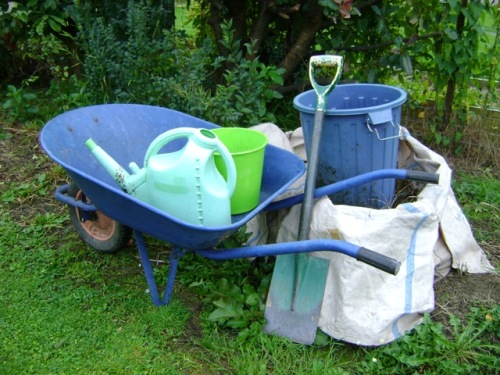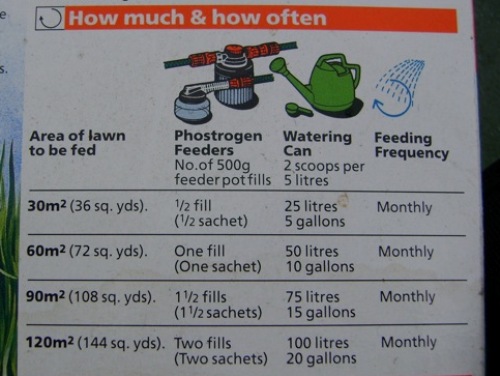Gardening is a rich experience to practice measuring. For young children it can be as simple as measuring the garden or pathway in steps to practice counting. How many baby steps from here to there? How many GIANT steps? Another idea is to have a measuring tape in your garden tools so while you are working your child can measure various things and practice reading the numbers. Encourage them to place one end at the edge and then read the whole numbers using words like longer, shorter, high, tall etc.
The garden provides opportunities to measure:
- length (centimeters between seeds or plants, metres for rows or fences)
The packet tells us these need to be planted 5 cm apart. How far is that?
If we plant these 12 strawberry plants 30 cm apart, how long will the row need to be? Do we have enough room?
It says this tree grows 4-8 metre tall and needs full sun. Where’s the best place to put it do you think? - area (square metres for planting, paths, or bricks)
For this potato patch we need 12 square metres. What size of rectangles could we make?
It says this paint will cover 10 square metres. Is that enough for the whole fence? - volume (litres for liquid or cubic metres for bark and soil)
We used 3 cubic metres of bark for this part. How much do you think we’ll need for that that part? How could we work it out?
This bucket hold 20 litres, and the wheelbarrow holds 65 l. How many buckets will fill up the wheelbarrow?

Older children can be included in the fraction and ratio figuring out that is needed in the mixing work in the garden. It is very important that ratios are considered when mixing fertilizer or sprays. For example if the fish fertilizer needs to be mixed at a 1:20 ratio with water how much should we mix up in our watering can or if the fertilizer for citrus trees is 5:10:5 what does that mean?
